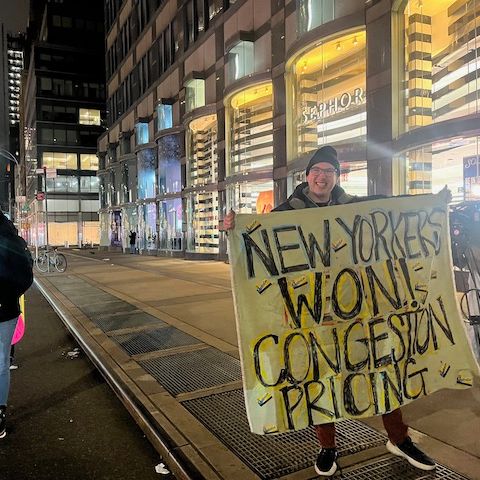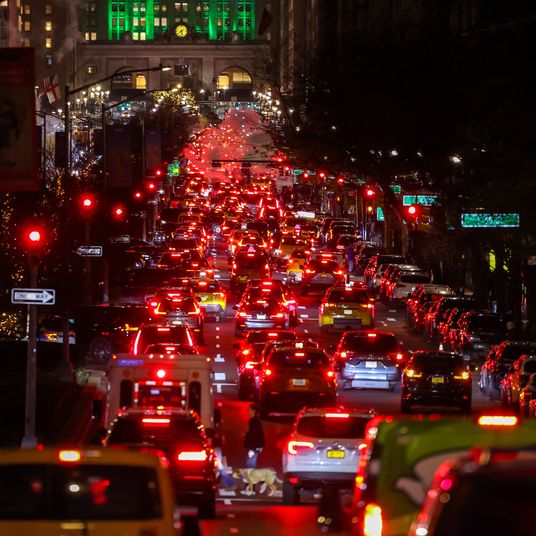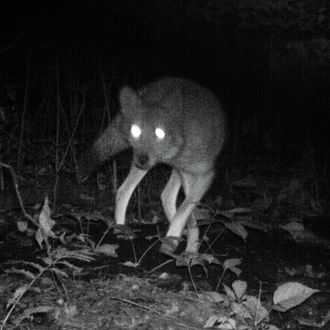
When a coyote turned up in Middle Village, Queens, on April 27, it was generally received as a freakish incident — but it wasn’t even the first sighting of 2015. This spring alone, the animals have appeared in Battery Park City, loping around the Holy Apostles Soup Kitchen in Chelsea, and on the roof of a bar in Long Island City. Like so many predators, they may be better suited to the urban environment than you’d expect.
How Many Are There?
The Queens sighting (see account below) is the latest in a burst of activity. But the first New York coyote in living memory was reported in 1995, when one ran onto the Major Deegan and was hit by a car. Since then, they’ve been seen in every borough but Brooklyn. Chris Nagy and Mark Weckel, scientists who run the Gotham Coyote Project, put the permanent population in the high teens.
Their Urban Habits
Coyotes are not strictly nocturnal, but in urban settings they quickly shift to living by night, allowing them to explore and hunt in relative quiet. “They’re wandering, and [suddenly] all the people wake up and these cars start driving around,” Nagy says, explaining how they turn up abruptly on residential streets. “They’re stuck.”
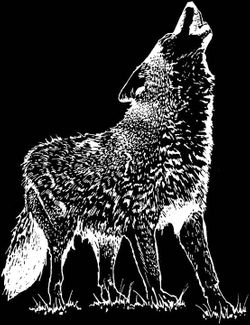
Well, Technically, They’re Not All Coyote
What we get here are called “coywolf” — about a third Eastern or red wolf, plus a lot of coyote and, sometimes, some ordinary dog thrown into the genetic mix. Coywolf do well here, explains Jonathan Way, a researcher and founder of Coywolf Research, because they eat small mammals, like rabbits and rats, and nearly all their natural competitors, like cougars and bobcats, are gone. They are a sort of predator-gentrifier of the East Coast, and their next turf is Long Island, which they — like most immigrants — may eventually reach through the city.
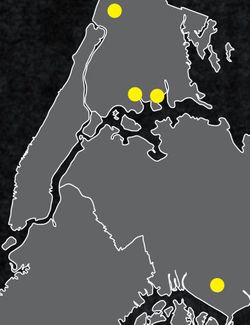
And Where Are They?
Motion-detecting coyote cams installed by Nagy and Weckel have established that they live in four parks: Van Cortlandt, Pelham Bay, Ferry Point (all in the Bronx), and Railroad Park (in Queens). Human observers have seen them in Central and Riverside parks as well as Battery Park City, La Guardia Airport, Co-op City, and even Stuy Town. In 2010, one was spotted by the Holland Tunnel and captured after a wacky chase through Tribeca.
Why So Many This Year?
Hard to say for sure, but Way suggests that the brutal winter was a factor. Coyotes are known to follow rivers, and ice floes may have provided a pathway for them to hop across streams. Gotham Coyote Project is expanding a program to DNA-test scat samples, which can both establish the animals’ origins and definitively count them.
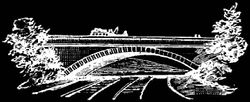
Wait — How Do They Get Into Manhattan?
Maybe on the ice, but most likely the way a lot of us did: via the bridges. Nagy says they tend to follow train tracks and pedestrian paths. The Queens animals may have come over the Bronx-Whitestone.
The Coyote in My Backyard
By Rose Sieb, of Middle Village, Queens, as told to Jen Kirby
At first I thought it was a stray dog. I went outside and actually called out and said, “What are you doing here?” Then I look, and it doesn’t look like a stray dog. And then I came in — and I looked out of the window and the police were all over! They couldn’t catch him.
The second time I saw him, I called the police right away, and I called my neighbor and told her, “Look out the window, watch out where he goes, so when the police come we can give them a little hint where to look.” We watched, and he had a beautiful home behind my shed. There’s a fence there — you can’t see nothing, not even from my side. You really have to go behind the fence and look over. Everything was normal. I didn’t see any damage. He could have been there for days. Who knows? I used to have a German shepherd — she would have defended herself. My daughter has dogs, and thank God they were not here.
Honestly, I really felt sorry for the poor thing. He had no place to go, no food. We took all their habitat away. I mean, they got to go someplace. The city, it’s not the right place, but he’s okay — you know, he’s actually a female. They tested her: no rabies. It was a beautiful animal.
*This article appears in the May 18, 2015 issue of New York Magazine.





